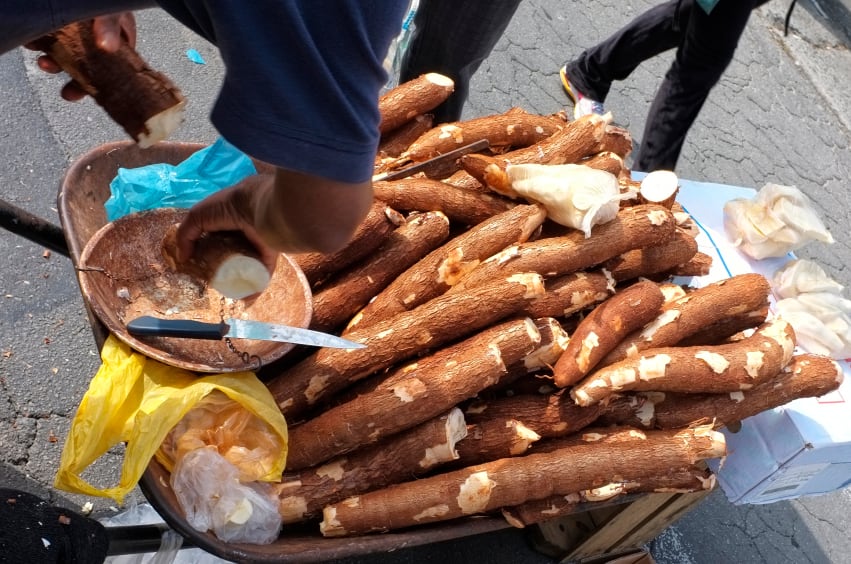According to market research firm fact.MR, the tapioca starch market is currently valued at US$4.5bn and the market is projected to grow at CAGR of 6.1% over the forecast period, from 2018 to 2028.
The functional qualities of tapioca starch combined with health benefits and rising demographic demand are propelling market growth, food ingredients analyst Sanjeevani Dubey explained.
“The factors that favor the growth of global tapioca market in terms of demand generation [include] the high percentage of carbohydrates and prevention of food allergies,” Dubey told FoodNavigator.
As well as being free from allergens like nuts, tapioca starch is also gluten-free, making it ideal for food makers producing products that appeal to the growing body of consumers who suffer from celiac disease.
“Tapioca helps to reduce cholesterol level and maintains the blood sugar level. It also helps to prevent constipation. Tapioca is a rich source of calcium, manganese, folate, and iron which makes it useful for the pregnant women also. Tapioca helps metabolize carbohydrates. Thus the increasing awareness of health benefits of tapioca fuels the growth of global tapioca market in the forecast period.”
Tapioca in Europe
Tapioca is a starch extracted from cassava root. It is native to the northeast region of Brazil but its use spread throughout South America. The plant was transported by the Portuguese and Spanish to most of the West Indies and Africa and Asia.
Dubey suggested that the liberalisation of international trade arrangements will contribute to the development of the European market, alongside growing demand for gluten-free products.
"Tapioca starch market in Europe continues to remain impacted by Free Trade Agreements with third-world countries.
"Starch Europe, the trade association that represents businesses related to starch industry, at both Europe and international level, has joined hands with Vietnam FTA to leverage latent opportunities in Vietnam’s emerging market to foster EU’s services, industrial, and agricultural exports.
"This, coupled with the occupancy of an established marketplace for gluten-free food and beverages, will underpin the expansion of Europe’s tapioca starch market."
A preference for flour and pearl formats
End users continue to prefer tapioca flour and tapioca pearls over other forms of this cassava extract. Moving forward, demand for tapioca pellets will “flourish”, outgrowing all forms of tapioca starch, fact.MR suggested.
The functional properties of the ingredient across various product categories also continues to support growth. Applications include use as a thickening or stabilising agent for the preparation of soups, pies, puddings, breads, sauces, soy, and meat products. Manufacturing of instant noodles, vermicelli, sago, chocolates, biscuits, and ice cream can also utilise tapioca starch.
The ‘pervasive dominance’ of corn and potato
While Dubey said corn and potato starch “represent a pervasive dominance” in the worldwide starch industry, he believes that the door is opening to starch alternatives, such as tapioca.
In particular, the analyst stresses that both potato and corn starch have some significant downsides, including “undesired cereal flavor, cloudy appearances, and lower tendency to gel of corn and potato starch pastes”.
“A slew of excellent traits of tapioca starch, including resistance to longer cooking times, persistent quality during food reheating and freezing processes, and complete dissolution with high viscosity and clarity retention property, have considerably [boosted] their adoption in the food industry. This has significantly driven growth of the tapioca extract market.”
The tapioca starch market will exceed revenues worth US$8.5bn by the end of 2028, the researchers forecast.

